Stunning Tips About How To Diagnose Itp
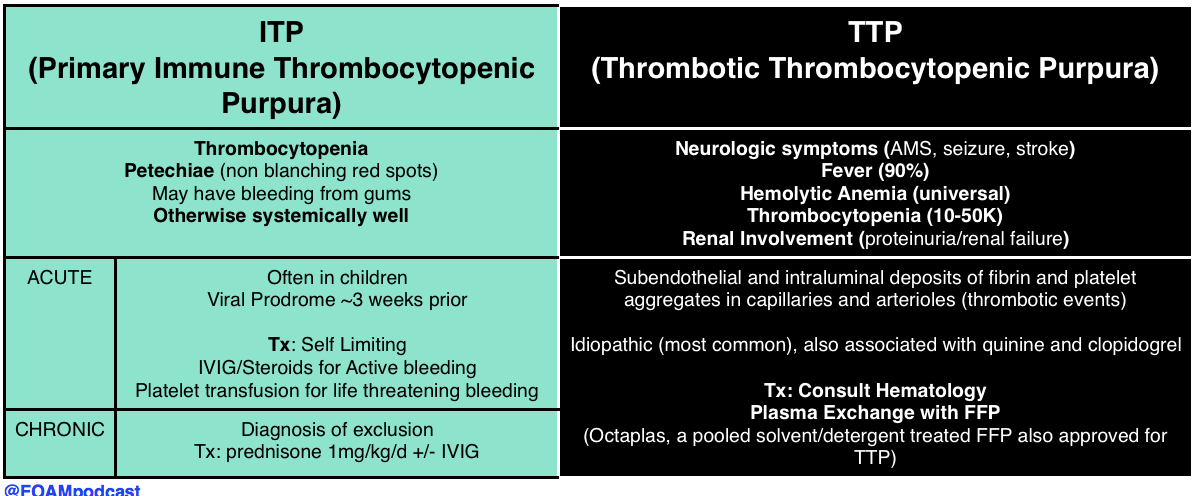
As a result, itp can lead to excessive.
How to diagnose itp. The following can be used to determine whether you have thrombocytopenia: Immune thrombocytopenic purpura (itp) is an autoimmune pathology characterized by a low platelet count, purpura, and hemorrhagic episodes caused by. Diagnosis and tests how is thrombocytopenia diagnosed?
Ad see prescription information about a treatment option for immune thrombocytopenia. Upper respiratory tract infection (symptoms may include runny nose, stuffy nose, and sneezing) pain or swelling (inflammation) in your nose or throat (nasopharyngitis) laboratory tests may. Understand low platelet counts & read more about the signs of itp on the body on the site.
Immune thrombocytopenia, or itp, is an immune disorder where blood doesn’t clot quickly because the body doesn’t have enough platelets. The american society of hematology defines immune thrombocytopenic purpura (itp) as isolated thrombocytopenia (platelet count <100,000/microl) with normal white blood. If you have bleeding that’s difficult to stop or other signs of thrombocytopenia, your healthcare provider may do the following:.
However, the blood test results of the circulating. Look for excessive bruising and pinpoint bleeding. A complete blood count determines the number of blood cells,.
They will also ask about your symptoms and do a physical exam to look for signs of bleeding. Diagnosing itp we begin the diagnosis by taking your complete medical history and performing a physical examination. Make sure to tell us about all of you (or your child's) symptoms.
In this report, we will review the various clinical and laboratory approaches to diagnosing immune thrombocytopenia (itp), with a focus on its laboratory. Immune thrombocytopenia is a diagnosis of exclusion. The treatment option that travels with your patient.





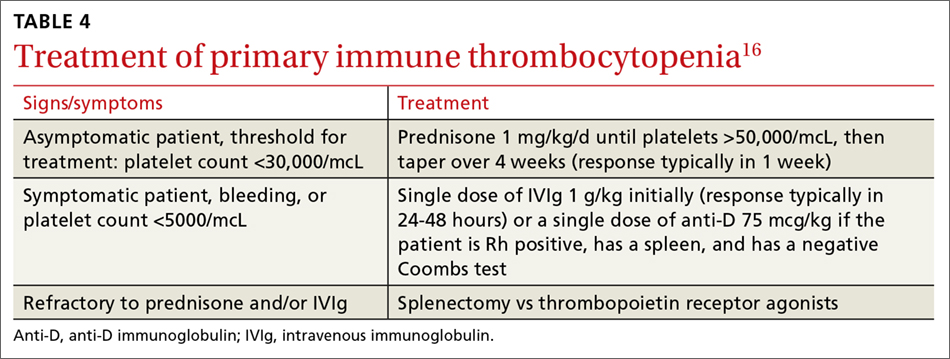
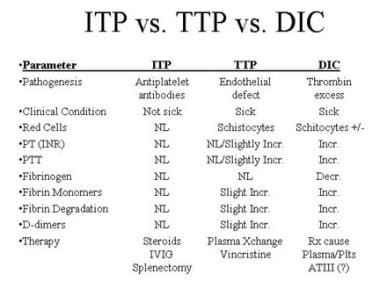
![Pdf] Advances In Diagnosis And Treatments For Immune Thrombocytopenia | Semantic Scholar](https://d3i71xaburhd42.cloudfront.net/669a784e8e39ee4a993b98d741efda33bd3587d6/6-Figure3-1.png)
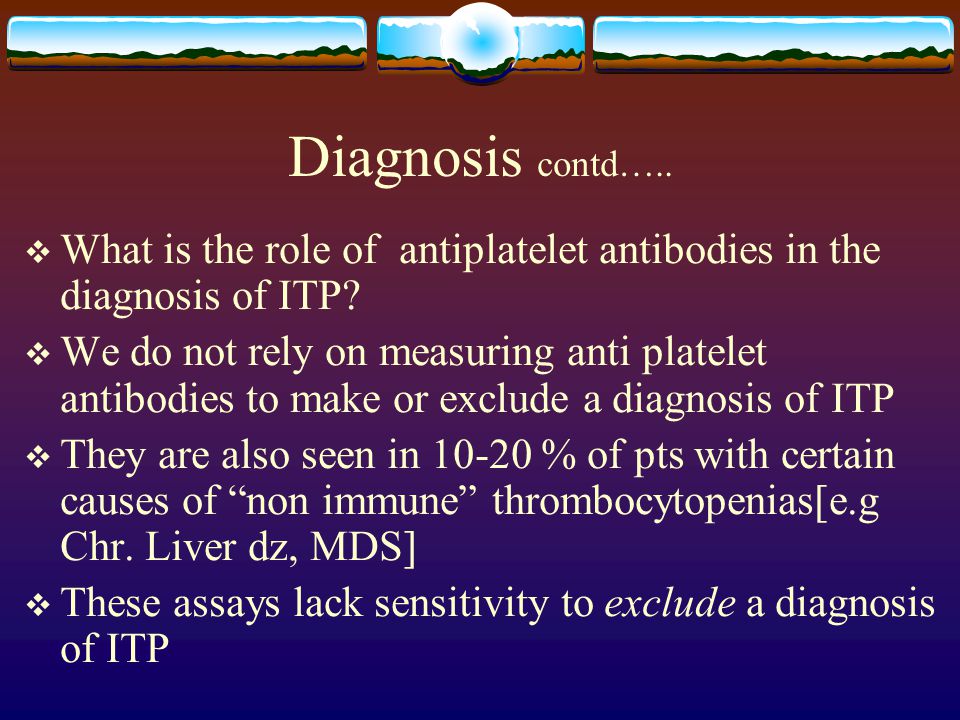


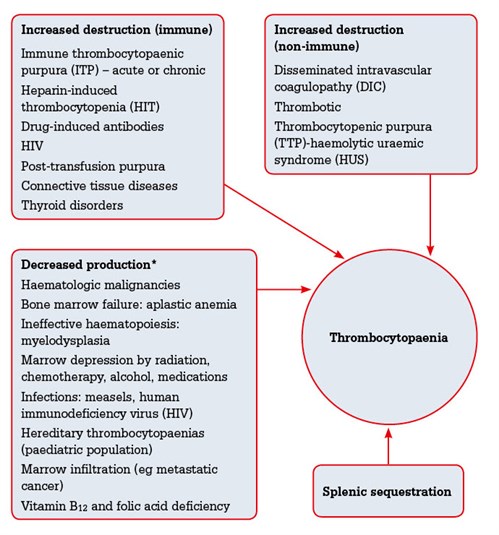
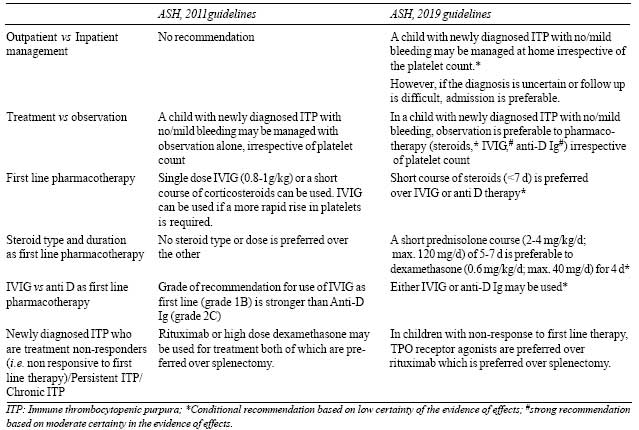


![Criteria For Diagnosis Of Itp [4-5] Platelet Count < 100 X 10 9 /L... | Download Table](https://www.researchgate.net/publication/310591395/figure/tbl1/AS:667722513907714@1536208861389/Criteria-for-diagnosis-of-ITP-4-5-Platelet-count-100-x-10-9-L-Presence-of.png)
![Pdf] Diagnosing Immune Thrombocytopenia. | Semantic Scholar](https://d3i71xaburhd42.cloudfront.net/5f86a373a60cf234e5da902376d405a8b1ed999d/2-Table1-1.png)